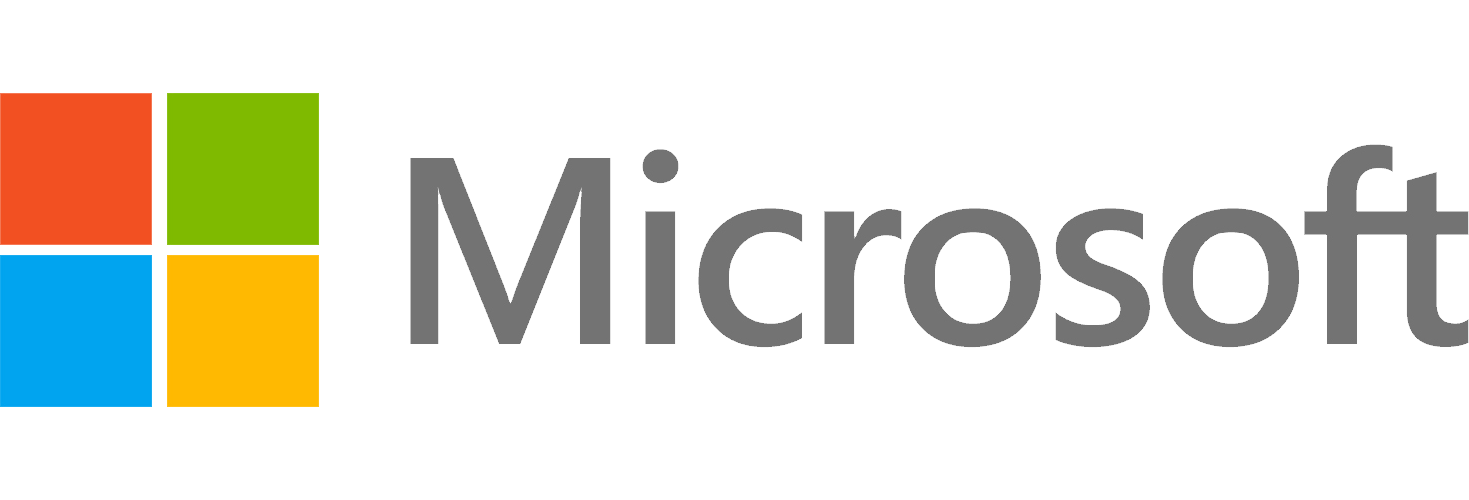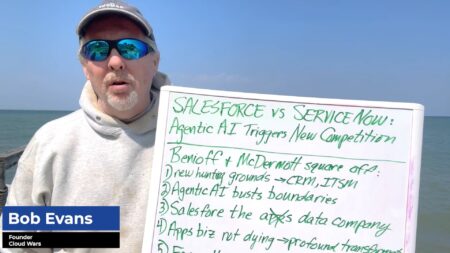
Welcome to the Cloud Wars Minute — your daily news and commentary show hosted by Cloud Wars Founder Bob Evans. The guest host of today’s episode is Kenny Mullican. Each episode provides insights and perspectives around the “reimagination machine” that is the cloud.
This episode is sponsored by Acceleration Economy’s “Cloud Wars Top 10 Course,” which explains how Bob Evans builds and updates the Cloud Wars Top 10 ranking, as well as how C-suite executives use the list to inform strategic cloud purchase decisions. The course is available today.
Highlights
00:30 — Microsoft is partnering with global integrated risk-assessment firm Moody’s to create an innovative generative artificial intelligence (AI) application to enhance insights into corporate intelligence and risk assessment. The new Moody’s Copilot is built on Azure OpenAI and anchored by Moody’s proprietary data analytics and research.
00:57 — Moody’s Copilot enables Moody’s 14,000 global employees to interact with the firm’s proprietary data using a ChatGPT-like interface. However, instead of just using ChatGPT’s publicly available data that ends in 2021, it includes current, relevant Moody’s data.
01:45 — Something that can’t be stressed enough is that Moody’s Copilot provides data in a safe and secure digital sandbox. Security is one of the biggest criticisms of using public generative AI tools. You can’t be certain it won’t add your data to its public knowledge base, so you have to be careful with what you feed it. That’s not the case with private generative AI like Moody’s Copilot.
02:14 — In addition, Moody’s decision to incorporate Microsoft Teams into its company processes enables it to take advantage of Copilot capabilities, as well as the other productivity and collaboration advantages Teams brings to an organization.
02:48 — Finally, Microsoft and Moody’s are partnering to provide these information services to their customers through Microsoft’s new analytics platform, Microsoft Fabric.
03:18 — Moody’s Copilot is an example of integrating ChatGPT into real productivity tools. You could already talk to it like a human and get what you’re looking for. Combine that with a dataset that is current and relevant, such as company or industry-specific data, and now you’re getting some really powerful capabilities.
04:24 — It blows me away how fast we’re getting real, ready-to-use products that take advantage of generative AI. These are not just smoke and mirrors, and I can’t wait to see what’s next.











